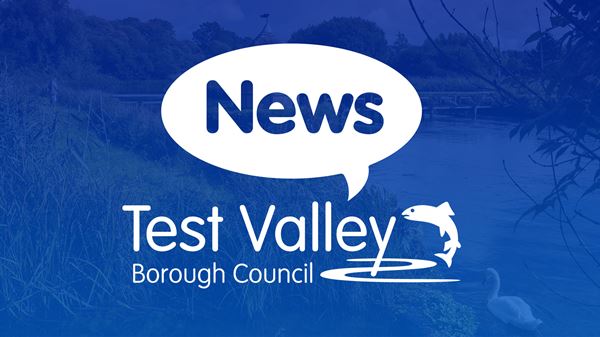
Council secures funding for Andover town centre heat feasibility study
To ensure that Andover town centre reaches its heat decarbonisation potential, Test Valley Borough Council (TVBC) have secured funding to carry out a heat feasibility study.
It means that a review can be carried out to see whether there is potential for a centrally sourced heat network in the town centre.
Heat networks distribute heat or cooling from a central source, and deliver it to a variety of different buildings, which would mean the need for individual boilers or electric heaters in every building would be avoided.
Heat networks are also uniquely able to use local sources of low carbon heat, from places like factories, the ground or even from rivers, which would otherwise go to waste.
This would help with reducing carbon emissions and ensuring the project aligns with the council's Corporate Plan and ambition of being carbon neutral as soon as possible.
To carry out this study, TVBC has secured £97,220 from the Department for Energy Security and Net Zero, while the council has also committed £18,100 in match funding.
The study is critical to the Andover town centre redevelopment programme. It will provide TVBC with an opportunity to shape the masterplan to understand the viable opportunities within the town for the decarbonisation of heat and will help inform a heat strategy going forward.
The plan is for TVBC to work with the University of Southampton Future Towns Innovation Hub to use the regeneration of Andover as a live case study to ensure sustainable development and low carbon technologies are incorporated into the regeneration project.
Councillor Phil North, Leader of Test Valley Borough Council, said:
“A Heat Feasibility Study will be a vital part in making sure we are reaching our full potential in reducing carbon emissions when the redevelopment plans are carried out. Andover has a number of heat focus areas which potentially make it suitable for a heat network, so it will be very interesting to see the results of the study.”
